6 Guaranteed Ways to Become a Product Owner and 4 Books to Guide You
Explore 6 proven strategies to excel as a Product Owner! From user-centric approaches to agile finesse, master the art with practical tips. Plus, dive into 4 essential books for expert guidance. Elevate your software development leadership now!

The Product Owner has to be one of the most underrated and misunderstood roles in building new products. A Product Owner is a mini CEO of the product. The role is not only about UX or the business case. This role spans technology, operations, UX, and beyond. Because it takes a holistic view to build a remarkable product. Working with startups and enterprises, I see the same mistake - a lack of support and empowerment for the Product Owner. Sometimes, the role even exists despite their desire to build a new product.
Being a Product Owner is akin to steering a ship through turbulent waters. Your role as the Product Owner is pivotal, making you not just a facilitator but the ship's captain. In this practical guide, we will explore the hands-on strategies and practical techniques that can elevate you from merely managing a project to being a true leader in software development.
Understanding the User: Your North Star
Your journey as a Product Owner begins and ends with the user. Understanding their needs, desires, and pain points is not just a task but a continuous process. Conduct user interviews, surveys, and usability tests regularly. Transitioning from feature requests to understanding users' underlying problems provides a solid foundation.
Example: Firstly, dive deep into user personas. Secondly, conduct surveys to gather quantitative data. Moreover, organize focus groups to gain qualitative insights.
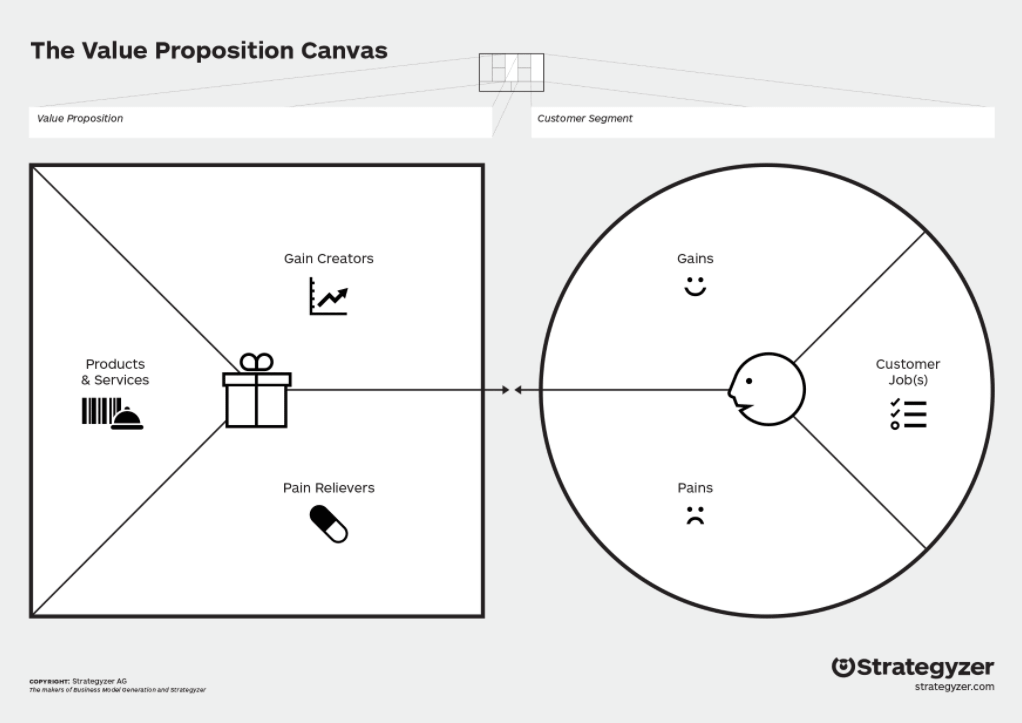
Building Bridges Through Collaboration
Active collaboration with diverse stakeholders is your secret weapon. Active engagement can transform your team dynamics. Regular meetings, brainstorming sessions, and workshops are your tools. Empower your team by assigning clear roles and responsibilities.
Example: Lead engaging brainstorming sessions where team members actively contribute ideas. Facilitate workshops to build a shared understanding of project goals. Empower your team by assigning clear roles and responsibilities.
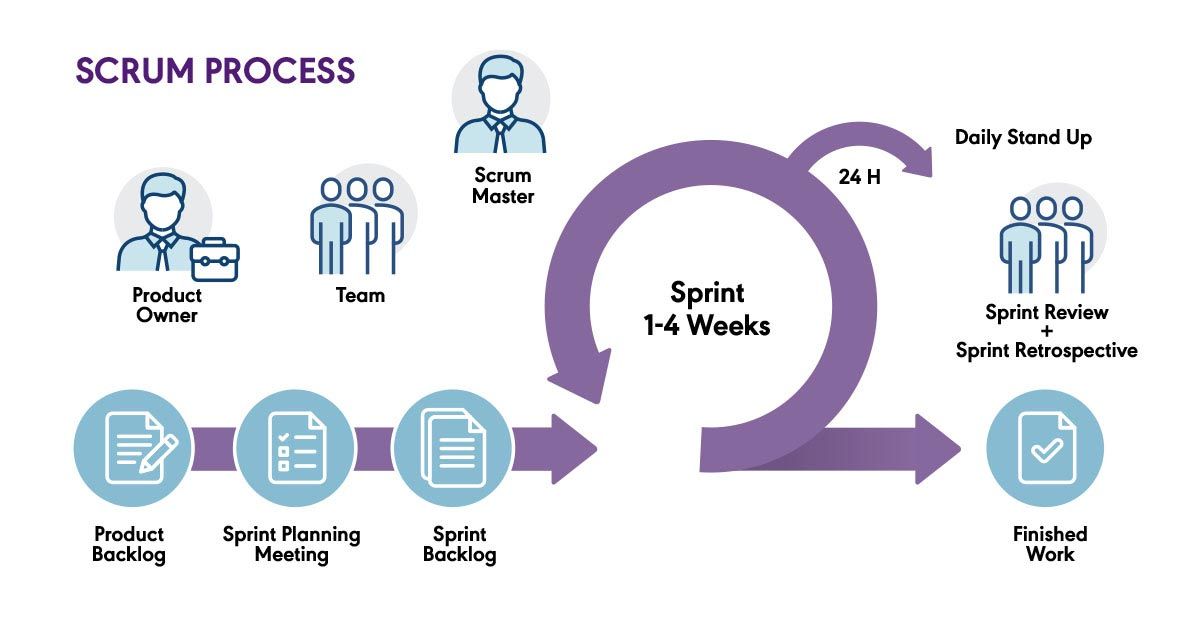
Navigating Complexity with Agile Finesse
Agile principles are your guiding stars. Embrace the iterative approach with zeal. Use an active voice to convey authority and confidence.
Example: Break down tasks into manageable sprints, ensuring a steady pace of progress. Address roadblocks promptly by fostering a culture of open communication. Celebrate small victories to keep the team motivated and energized.
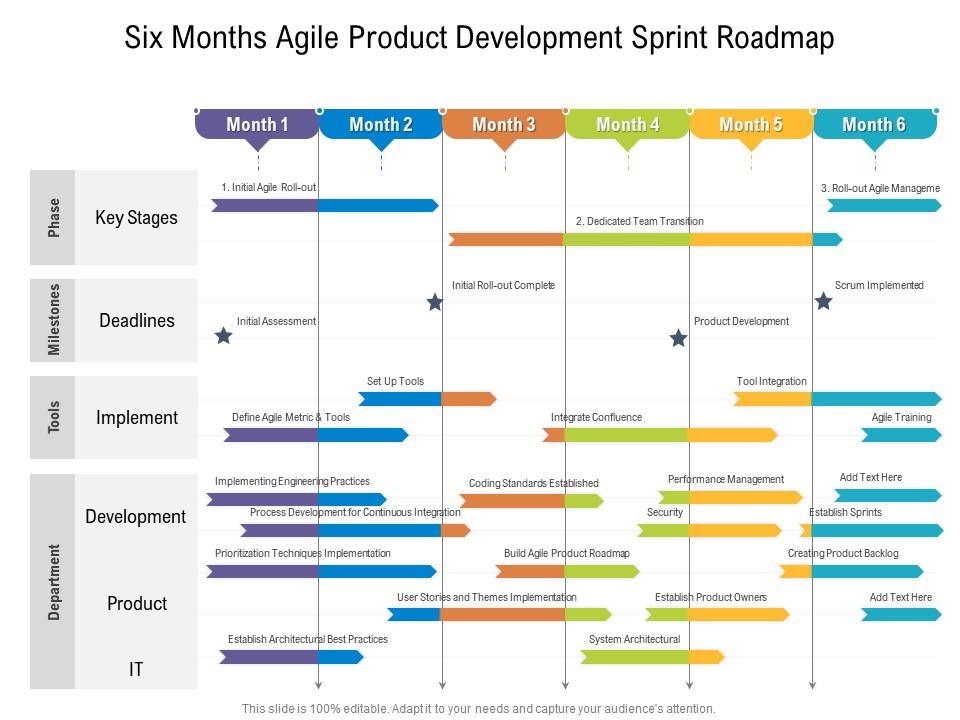
Data-Driven Decision Making: Your Tactical Advantage
Data is your compass in the vast sea of possibilities. Utilize analytics tools, conduct A/B testing, and analyze user behavior patterns actively.
Example: Utilize analytics tools to track user engagement metrics. Conduct A/B testing to determine the most effective UI/UX design. Analyze user behavior patterns to identify popular features and pain points.
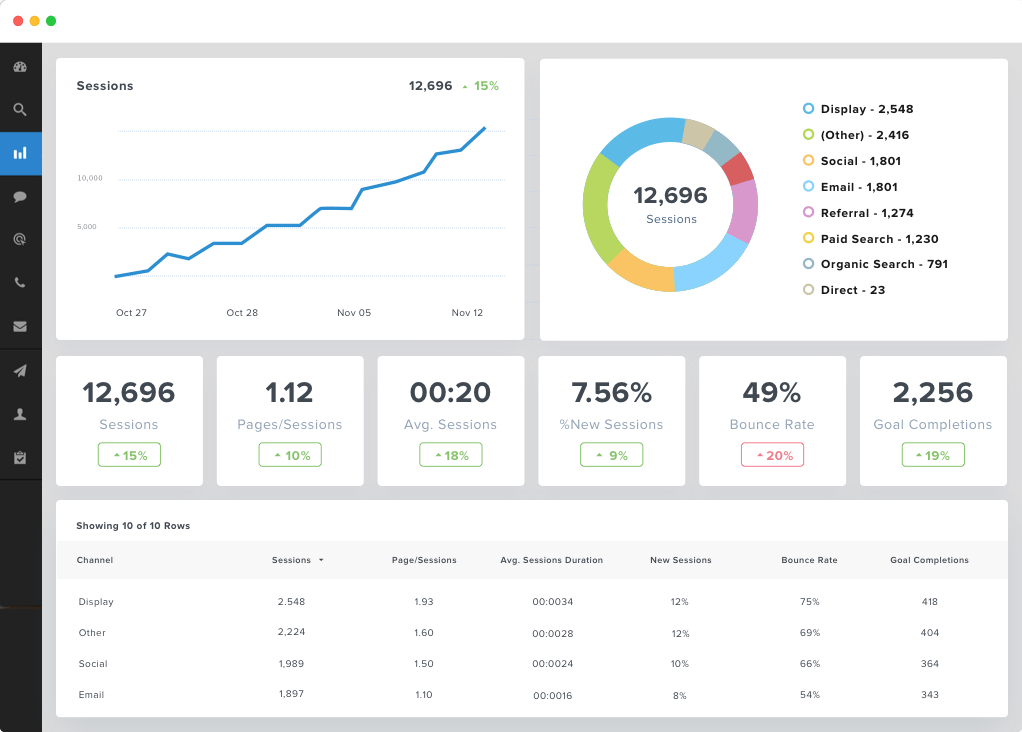
Balancing Act: Scope, Time, and Quality
Striking the right balance between project scope, timeline, and quality is your constant challenge. Use active verbs to convey your proactive approach.
Example: Prioritize features based on user feedback, ensuring high-value items are tackled first. Adjust the timeline as needed without compromising quality standards. Proactively manage scope by keeping the team focused on essential tasks.
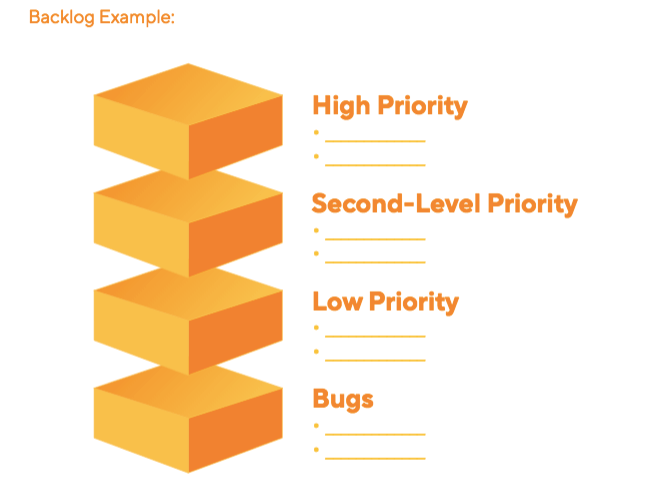
Inspiring Innovation: Your Creative Playground
Encourage team members to explore creative solutions to problems. Organize hackathons and innovation contests to harness the team’s creative energy. Recognize and reward innovative ideas to fuel a culture of continuous improvement.
Suggested Reading: Broadening Your Horizons
Expanding your knowledge through insightful books can provide valuable perspectives and practical tips as you embark on your journey to becoming an exceptional Product Owner. Here are a few suggested readings to enhance your expertise:
- "Inspired: How to Create Products Customers Love" by Marty Cagan: This book offers deep insights into product management, providing actionable strategies for creating innovative and user-centric products.
- "Lean Analytics: Use Data to Build a Better Startup Faster" by Ben Yoskovitz and Alistair Croll: Learn how to leverage data effectively to make informed decisions, optimize strategies, and foster business growth.
- "User Story Mapping: Discover the Whole Story, Build the Right Product" by Jeff Patton: Explore the art of user story mapping, a powerful technique to create a shared understanding of product features, ensuring alignment between teams and stakeholders.
- "Scrum: The Art of Doing Twice the Work in Half the Time" by Jeff Sutherland: Delve into the core principles of Scrum, understanding how this agile framework can significantly enhance productivity and collaboration within your team.
Remember, knowledge is your greatest ally in the ever-evolving world of software development. Continuously learning and adapting will sharpen your skills, empower you to navigate challenges, and lead your team to success. Happy reading, and may your Product Owner journey be filled with continuous growth and achievement!
Product Owner Job Description
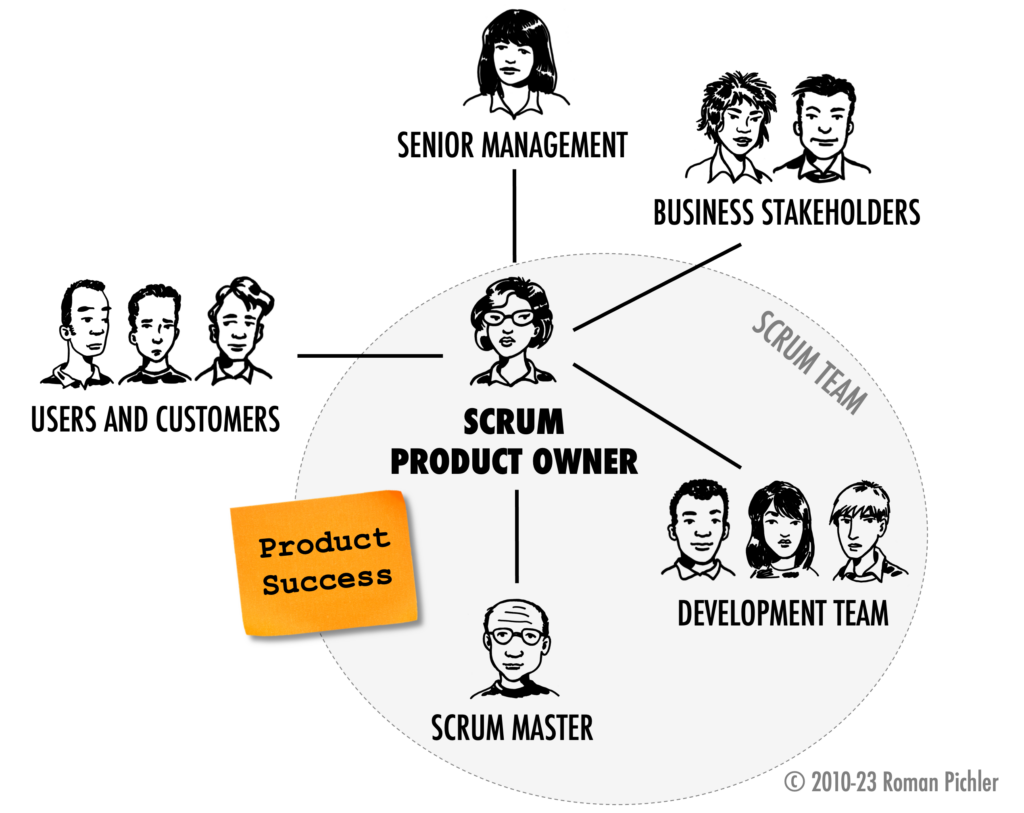
A Product Owner (PO) plays a crucial role in agile and Scrum development methodologies and is primarily responsible for ensuring that a product or project meets the needs of its stakeholders and aligns with the overall business strategy. The role of a Product Owner is comprehensive and multifaceted, involving various responsibilities throughout the product development lifecycle. Here is a detailed description of what a Product Owner does:
- Vision and Strategy: The Product Owner is responsible for defining and communicating the product vision. This involves understanding the market, customer needs, and business objectives. They must have a clear, long-term vision of what the product should become and ensure that this vision aligns with the organization's strategy.
- Stakeholder Management: The Product Owner acts as a bridge between various stakeholders, including customers, business leaders, development teams, and other relevant parties. They gather input from stakeholders, communicate priorities, and ensure their feedback is considered during product development.
- Product Backlog Management: The Product Owner maintains and prioritizes the product backlog. The backlog is a dynamic list of features, user stories, and tasks that must be addressed. The PO ensures that the backlog is continually refined and that the most valuable items are at the top.
- User Stories: The Product Owner breaks down high-level requirements into smaller, actionable user stories. The development team uses these user stories as the building blocks for implementation.
- Prioritization: Prioritization is a crucial aspect of the PO's role. They use various methods, such as user story mapping, value vs. effort analysis, and stakeholder feedback, to prioritize items in the backlog. This ensures that the most important features are developed first.
- Continuous Feedback: The Product Owner works closely with the development team, clarifying and answering questions during development. They participate in sprint planning, review, and retrospective meetings to ensure the team stays aligned with the product's vision.
- Acceptance Criteria: The PO defines clear acceptance criteria for user stories, which outline the specific conditions that must be met for a user story to be considered complete.
- Release Planning: Product Owners are involved in defining the content and timing of product releases. They coordinate with development teams to ensure each release delivers value and aligns with business goals.
- Risk Management: The Product Owner is responsible for identifying and mitigating risks that could impact the successful delivery of the product. They make informed decisions about scope changes, delays, or other adjustments as necessary.
- Market Analysis: A good Product Owner monitors market trends, customer feedback, and competitor offerings to ensure the product remains competitive and relevant.
- Measuring Success: The PO defines key performance indicators (KPIs) and metrics to measure the product's success. They use these metrics to evaluate the impact of product changes and make data-driven decisions.
- Iteration and Adaptation: Agile and Scrum methodologies emphasize iterative development. The Product Owner continually adapts the product backlog based on feedback and changing priorities, ensuring the product evolves to meet the needs of its users.
- Communication: Effective communication is vital. The Product Owner must be able to articulate the product vision, priorities, and changes to all stakeholders, ensuring a common understanding of the product's direction.
- Domain Knowledge: Depending on the product, the PO often requires domain-specific knowledge to make informed decisions and effectively prioritize work.
In summary, a Product Owner plays a pivotal role in product development by liaising between business stakeholders and the development team. They are responsible for defining the product's vision, managing the backlog, setting priorities, and ensuring the product is built to maximize its value to customers and the business. This role demands a unique blend of strategic thinking, communication skills, and a deep understanding of the product and market.

